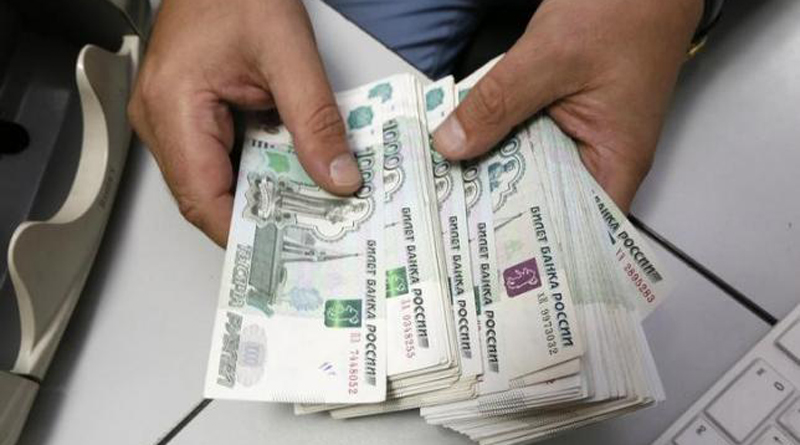In response to the weakening ruble, Russia’s Prime Minister Dmitry Medvedev said earlier this week that the government and central bank were preparing measures to boost foreign currency sales. His comments suggest Russia is again putting pressure on major exporters to help buttress the ruble by selling more of their foreign currency, a tactic used last December when the government ordered state exporters to sell part of their foreign currency over an agreed time frame.
“Naturally we, I mean the government, will help the central bank in the sense of additional foreign currency inflows,” Medvedev said. “In the near future, we will launch foreign currency sales by our largest exporters, which will affect the ruble’s rates. So we, together with the central bank, will undertake a definite collection of agreed measures.”
It was not clear what demands the government has made of exporters this time nor how much difference they would make in practice. Exporters increase foreign exchange sales near the end of each month in any case because they need roubles to pay monthly taxes. Medvedev said it was incorrect to think the government was increasing its control over exporters’ foreign currency sales. “We never weakened this control, and in future we don’t intend to weaken it,” he said, adding he had met with exporters and that the central bank also does so regularly to discuss their foreign exchange sales. Such sales are the most important source of demand for the ruble, which has shed 18 percent against the dollar over the last month as the price of Russia’s main export, oil, tumbles on world markets. Now worth 69.11 per dollar, the ruble is approaching its 2015 low of 71.85 reached on January 30, and its all-time low of 80 reached last December. The Russian ruble fell further on Friday, following weak Chinese factory data that pushed the oil price lower, but the onset of foreign currency sales by exporters to pay monthly taxes helped contain the losses.
